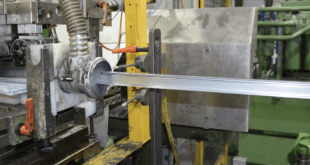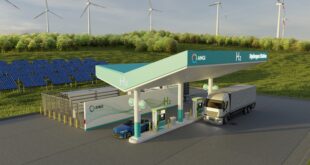SoloPower Sets Record for Flexible CIGS Solar Panel Efficiency
SoloPower Flexible Panel Measured at 13.4% Aperture Efficiency
by National Renewable Energy Laboratory
SoloPower, a San Jose, California-based manufacturer of flexible thin film solar cells and modules, announced today that its next generation panel has achieved an aperture area efficiency of 13.4%, a record for flexible copper, indium, gallium and (di)selenide (“CIGS”) based modules. The measurements were made by the National Renewable Energy Laboratory (NREL).
“Importantly, the cells were made in SoloPower’s San Jose manufacturing facility, so we know we have the systems in place to deliver high-efficiency, light-weight, flexible modules to our customers around the globe,” said SoloPower CEO Tim Harris. “This benchmark is a testament to our technology team and to our commitment to continuously pushing the envelope in power and performance, while reducing costs for our customers.”
“SoloPower’s achievement of an aperture efficiency of 13.4% for our flexible CIGS modules is a result of efficiency improvement projects that have been in place during the past two years,” said Dr. Mustafa Pinarbasi, CTO at SoloPower. “We were the first company to certify flexible CIGS modules to UL 1703 and IEC standards (61646 and 61730) in 2010. We have improved the efficiency from 11.2% to 13.4% with new processes implemented in our roll to roll production line and have a strong pipeline of improvements yet to come this year.”
The announcement comes at a time when SoloPower is hiring engineers and technicians for its state-of-the-art, high-volume manufacturing facility in Portland, Oregon, which will begin commercial production later this year. SoloPower’s operations in Portland are ultimately expected to have a capacity of 400MW and employ 450 people.
SoloPower uses innovative manufacturing technology to produce low-cost, high-efficiency CIGS-based photovoltaic cells. The CIGS cells are then packaged into unique, flexible, lightweight solar modules. The modules require less balance-of-system hardware and are easier to install than traditional solar panels.
 Alternative Energy HQ solar power for homes, wind energy, and bio fuel issues
Alternative Energy HQ solar power for homes, wind energy, and bio fuel issues






